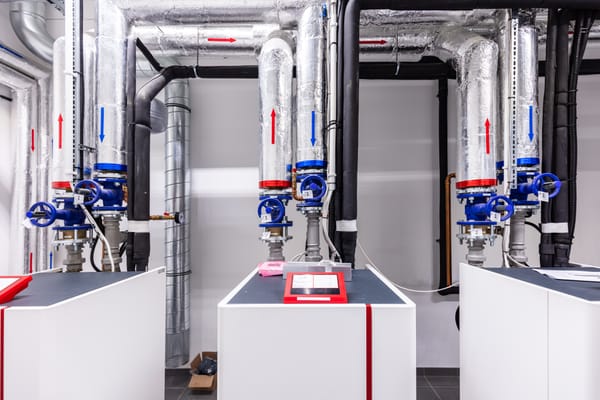Not the End of the World
Hannah Ritchie's Not the End of the World is a thing from which you can emerge hopeful. In it, Dr Ritchie addresses each of seven planetary crises: air pollution, climate change, deforestation, food, biodiversity loss, ocean plastics, and overfishing.
The book is extremely high-level. It looks at each crisis and discusses how we got here, where we are, and what we can do. It focuses on what we should be worrying less about and more about, and talks about the global strategies required to address each crisis. It all seems very simple.
Not the End of the World has a very specific scope, and that is to explain the big things we need to do to address massive global issues, without making the reader feel overwhelmed. It aims to inspire action by making these problems seem intensely solvable. Unfortunately, the major barrier to better environmental policy is no longer coming up with the ideas; it is actually passing and implementing them. That means both getting through NIMBYs and fossil fuel companies, and dealing with every unique circumstance and ensuring actual justice when implementing each policy. For example, here’s a statistic you might not have heard:
11-173 million
is the number of people displaced by conservation efforts. Over the last 30 years, the vast majority of deforestation has been in South America and Africa. Tropical forests are incredibly complex systems, prone to unforeseen tipping points. Conserving them is important, but ongoing efforts to protect forests are being used to achieve the same colonial aims that have defined the last two centuries.
Conservation is often done without consultation and displaces indigenous communities. These areas can be militarised and communities forcibly displaced in the name of, for example, the 30% protected terrestrial land by 2030 target (30x30). The massive range of 11-173 million belies the lack of research in this area.
If we want to ensure justice, or even just avoid displacing even more indigenous people from their lands, we in developed nations need to understand this issue much better. 30x30 is an admirable goal and we need to get there in a way that both meaningfully establishes spaces for conservation and ensures a just transition.
Likely the biggest way we could free up land would be reforming our diets and agricultural system:
828 million
is the number of people globally affected by hunger in 2021. 76% of agricultural land is used for animal agriculture – not because we give our animals lots of space, but because we use so much space growing crops to feed them – to produce only 17% of our calories and 38% of our protein.
By wasting calories through inefficient animal agriculture, people in the UK consume less than half as many calories as we actually grow. We need to address both the at least 20% of emissions from agriculture and global hunger concurrently by eating more plants and raising fewer livestock and we need to do all that without putting further pressure on small farmers.
One area where the crisis and ensuring justice are more closely aligned is the crisis of air pollution. More action on this is something that Dr Ritchie is – rightly – especially passionate about. Here’s why:
235.97 million
is the number of disability-adjusted life years (DALYs) the world lost to air pollution in 2021. Losing a DALY, if you're not a Medicine student, is the equivalent of losing one year in good health because of premature mortality or disability. Air pollution takes many more lives than terrorism, war, homicides, HIV/AIDS, road accidents, and obesity combined. It is a critical issue for us to address but it is also a solvable problem.
Air pollution has been falling across the developed world for decades. In London, for example, air pollution is down 97% since its peak in the late 19th century, making air pollution a much less worrying problem than before. This process can be replicated in developing nations and developed nations ought to be helping.
When we think about climate change, we probably think mostly about greenhouse gases and fossil fuels, and those are huge issues. The grand stat is of course:
423.44 ppm
is the annual average atmospheric carbon dioxide concentration as of August 2024. CO2 is usually measured in parts per million (ppm): 423.44 ppm means that the atmosphere is 0.0423% CO2, which is a pretty small percentage, but for the last 800,000 years CO2 concentrations have stayed between 200 and 300 ppm. Over the past 40 years or so, CO2 concentration has been increasing at a fairly constant rate, but that rate is still about 100 times faster than any previous natural increase.
CO2 is the least potent greenhouse gas we need to worry about, but this stat, alongside the concentrations of other greenhouse gases, is the ultimate authority on how successful our efforts to mitigate climate change and reduce our emissions have been. It is not, however, the ultimate authority of how successful we have been in fighting any actual crisis. Greenhouse gases are a useful measure because they cause future and current suffering, but they are not the suffering – and that is the cornerstone of what we need to look to when we try to address climate change. Climate adaptation, preparing for the effects of global warming, is just as important as mitigation.
Dr Ritchie is right. It is not the end of the world. It feels like hope that drives action is in rather short supply. In addressing that, her work is critically important.








